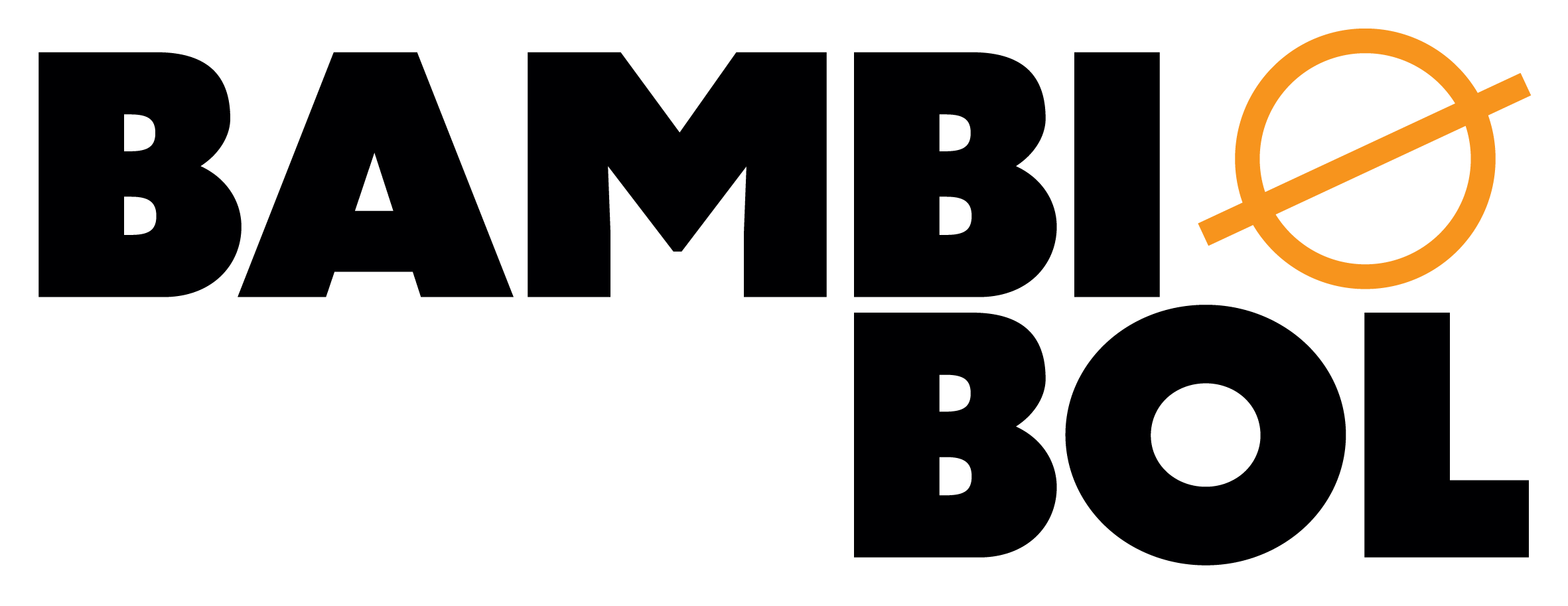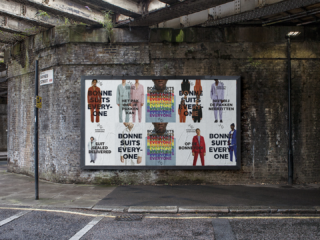After I graduated at the Master Digital Design, I got hired to become a teaching assistant for the next year. Apart from many other tasks, I was also working on something that would portrait the MDD, and the things that they do. With many TVs, computers, and phones around, what was missing was digital design in a less obvious way, so I decided to create an interactive neon sign. A combination of the classic look of a neon sign but combined with the endless possibilities of (programmable) LEDs! There was a beautiful logo kind-of shape that was created by Momkai, who are responsible for the identity of the MDD, which was perfect to create a neon sign with so I started sketching out with that!
Step 1: individually addressable LEDs
I started off sketching with a roll of normal addressable LEDs connected to an Arduino board. With a simple setup I was able to turn on various different modes for the LEDs, like showing specific colors or a rainbow gradient moving from one side of the strip to the other. It was a relatively long strip so instead of cutting it to size I lined a cardboard box with aluminum foil so the light would simply bounce off from every side, and I closed off the box with a piece of plastic that I painted black, sparing the MDD-design so that only the shape would let light through. A good example of a low budget, low effort prototype! This allowed me to get an idea of what the whole thing would eventually look like and even though I couldn’t exactly pinpoint the LEDs like this because they weren’t laid out in the order of the design, I could still play around with different modes and colors.
Step 2: Internet of things
After playing around with the small prototype box it was time to start working with the real star of the show, these flexible LED strips that look a lot like old-school neon lights. These were the whole inspiration for this project and so after doing some small scale prototyping we ordered one of these neon-like strips to get to the next part of the process.
To get an idea of the shape and size of the full project I used a single strip of 1 meter for the bottom left part of the design. With this second low-fidelity prototype I carved out the shape out of a leftover piece of wood (I think it was the side of a thrown out IKEA cabinet) so that the LED strip would keep its shape with some pieces of tape.
At this point I switched to the Arduino MKR WiFi 1010, which (as the name suggests) you can connect to your wifi network. Using the Shiftr platform the Arduino is set to listen to a specific Shiftr channel, and we send information to that channel using an HTML page. This so-called ‘command center’ is a webpage that people can visit to control the neon sign in real time. As long as the sign is turned on and connected to the internet, you can control the lights from anywhere in the world with this webpage! The page has a variety of buttons for different modes the sign currently has, from rainbows to confetti, a color picker, and a meteor-like pattern!



Step 3: Its final shape
Finally it was time to put all the pieces together! We ordered enough of the neon-like LED strips, a power supply, a back frame from aluminium, the right cables, and enough wood. Initially, the idea was to CNC the shape out of one solid piece of wood but because there weren’t any CNC machines available at the moment we needed it, I used the laser cutter instead. The whole construction is made from 3 layers of MDF. The bottom layer is 8mm and the two other ones are 4mm. Because the laser cutter machine wasn’t big enough to cut the whole piece at once, the two thinner layers are actually two separate parts like you can see on some of the pictures. By finally painting the top layer black you can’t see that they’re two pieces from a distance and it made it a little easier to assemble the lights too.
Assembling the whole thing was quite tricky: the middle layer of MDF has parts cut out for the wires between the three separate LED strips so that the order of LEDs would always be correct, and the cables feed through to the back panel just in case we would ever need to access them again. With a group of students, we put an enormous amount of wood glue on the separate layers and the many hands helped a lot with getting everything in place correctly and fast enough before the glue dried.
The goal of this project was to have an artifact for the area that the MDD has within the university that shows what the MDD does and what kind of projects you could expect when you were gonna apply for it. The final product I delivered was a fully functioning LED sign with a variety of modes that could be turned on with the command center, but it’s also meant as an invitation for any student in the future who wants to play with addressable LEDs or an IoT device. The code can always be changed and hopefully many more awesome modes will be added in the future!


























